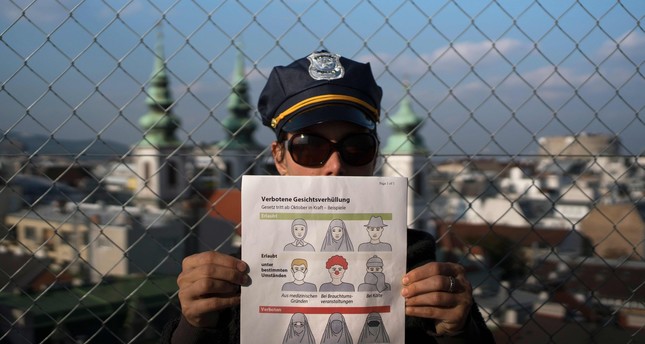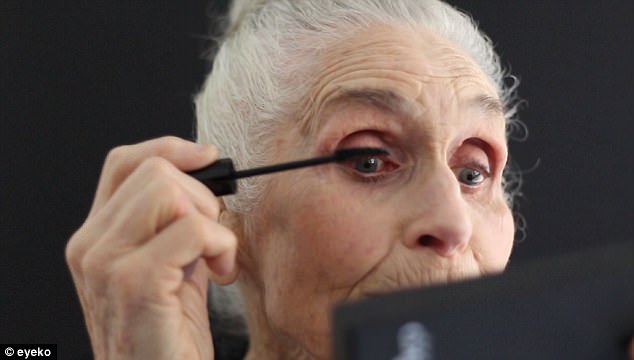
Austria’s governing coalition has agreed to ban full-face veils.
Austria’s burqa ban comes into force today (Oct. 1). The law is expected to affect just 150 women—that’s 0.03% of the Austrian Muslim population and 0.002% of the entire population.
Under the new law, devout Muslim women wearing the full-face and body veil in public will be fined €150 ($177) on the spot. The ban was part of a larger package of measures defended as a way to integrate migrants. The requirements include making all recent migrants participate in classes to learn the German language, as well as Austrian norms and values.
The government’s decision to ban the burqa sparked protests across the country. Austria’s own president, Alexander Van der Bellen, had opposed the law, saying: “It is every woman’s right to always dress how she wants.” The move was largely seen as a knee-jerk reaction to the rise of the far right in the country. In 2016, Austria narrowly avoided electing a far-right candidate in what turned out to be one of the most dramatic presidential elections in its history.
To avoid accusations of Islamophobia and racism, the law doesn’t just ban face veils worn by Muslim women. The government has been careful to use language that states the bans includes all face coverings, with certain exceptions.
The number of women who wear face veils is minuscule throughout Europe. In France—the first European country to ban the burqa, in 2007—government documents showed the ban would affect 1,900 women, 0.04% of the French Muslim population and 0.003% of the total population. In the Netherlands, which implemented a partial burqa ban in 2016, there are 100 to 500 women who wear face veils.
Despite this, Europe continues to wrestle with an issue that affects so few of its citizens. In December 2016, chancellor Angela Merkel called for burqa ban in Germany, saying “Our law takes precedence over codes of honor, tribal or family rules, and over sharia law.” However, the numbers show that such a ban would affect relatively few women in Germany, where studies indicate that 70% of Muslim women don’t even cover their hair.
Europeans—citizens and politicians alike—greatly overestimate their country’s muslim population. According to a recent survey conducted by Ipsos Mori in 40 countries, French respondents were most likely to overstate their country’s Muslim population (the average French estimate was that 31% of the country’s population was Muslim, when the actual figure is 7.5%). The same is true of Belgian, British, German, Italian, and Dutch participants.
At the heart of Europe’s far-right propaganda is the myth that Muslims are overtaking Europe and pose a risk to the Western way of life. The obsession with the burqa suggests those views are crawling into the mainstream.













